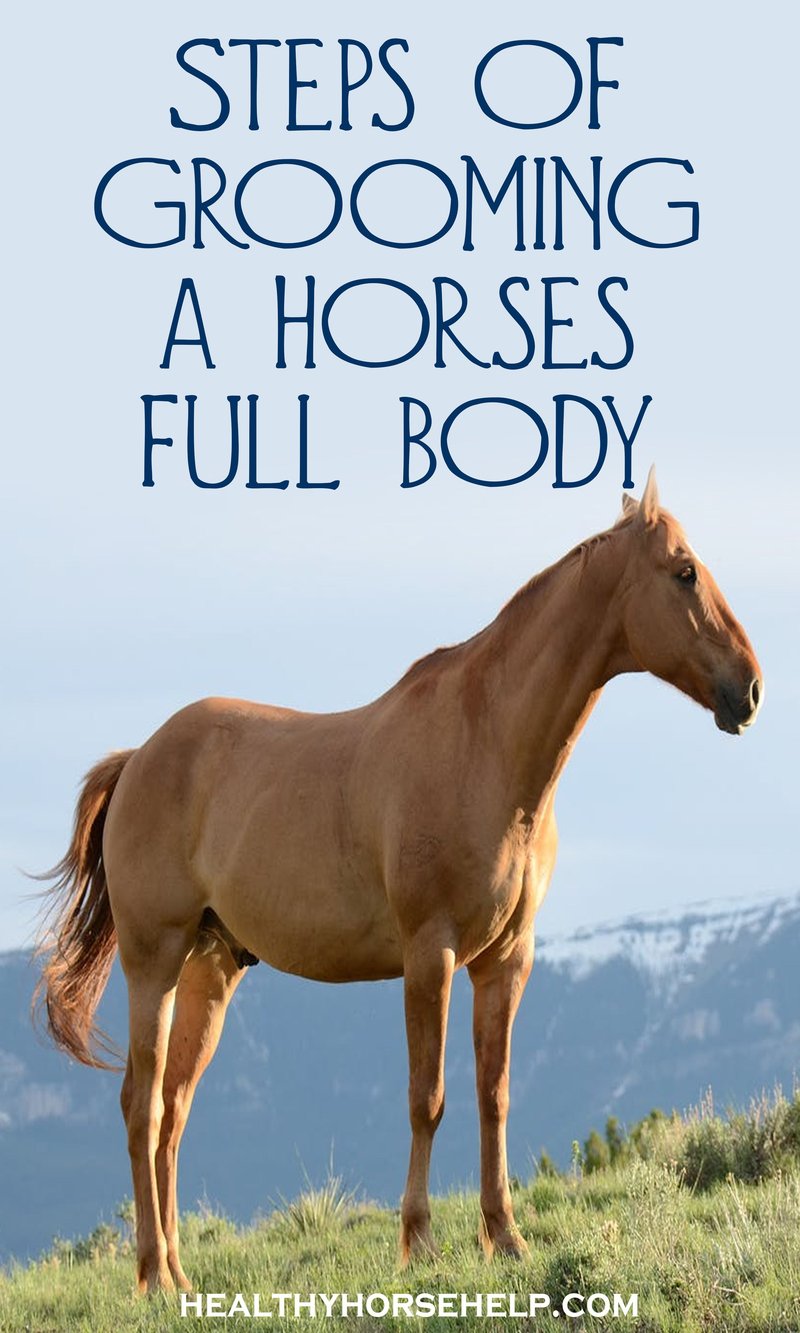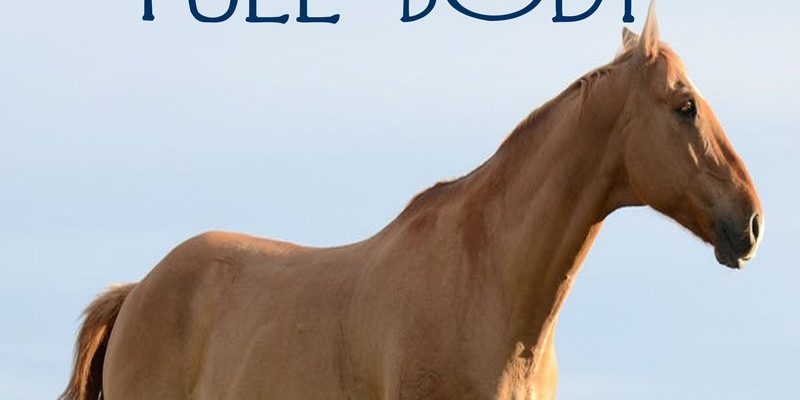
Imagine you’re sitting in a cozy café, sipping coffee, and chatting about your newest friend—your horse! You might be wondering, “What’s the best way to care for this majestic animal?” Well, this guide is here to break it all down for you. From the basics of feeding to understanding their health needs, we’ll cover everything you need to know to get started.
Understanding the Basics of Horse Ownership
When you first consider getting a horse, it’s vital to understand that it’s not just about having a pretty animal to ride or show off. Horse ownership comes with responsibilities that can feel daunting at first, but with the right mindset, you’ll find it rewarding. Horses are social creatures that thrive on interaction and routine. This means you’ll need to be present and engaged in their lives, just as you would with a pet dog or cat.
You might be thinking about where to keep your horse. Horses need space to move and graze. If you’re considering a barn, ensure it has adequate ventilation and features for safety, like non-slippery floors. If you have a backyard, check local zoning laws because some areas have restrictions on keeping livestock.
Also, think about the financial aspect. Besides the initial purchase price, horse care includes feed, veterinary bills, and equipment. Being clear about your budget will help you make informed decisions.
The Importance of Proper Feeding
Feeding your horse is more than just filling a bucket with grain. It’s a delicate balance that requires attention to detail. Horses are natural grazers, so their diet shouldn’t just consist of concentrated feeds. Here’s a quick rundown of what you should consider:
- Hay: This should be the main part of their diet. It offers essential fiber that keeps their digestive system functioning well. Aim for high-quality grass or alfalfa hay.
- Grain: Depending on their age, weight, and activity level, you may want to add grain. Always consult with a vet to determine what’s right.
- Supplements: These can help with specific health concerns or nutritional gaps. It’s best to only use them based on a vet’s recommendation.
Remember to provide fresh, clean water daily! Horses can drink up to 10 gallons a day, especially after exercise. Keeping their hydration levels in check is crucial for their overall health.
Daily Grooming and Care
Just like you wouldn’t skip branding your favorite sweater, consistent grooming is essential for your horse. Grooming does a lot more than simply make your horse look good—it’s about building a bond. Regular grooming helps detect any skin issues, injuries, or parasites early.
Here’s a simple routine:
1. Brushing: Start with a curry comb to loosen dirt and hair, followed by a stiff brush to remove debris. Finish with a soft brush for sensitive areas.
2. Hoof Care: Picking out their hooves daily is vital. It helps prevent issues like thrush and keeps them comfortable for riding.
3. Tack Check: Before riding, always inspect your saddle and bridle for wear and tear. A well-fitted saddle prevents discomfort and injury.
Don’t forget to check their coat and skin for any unusual lumps or bumps. If something looks off, don’t hesitate to call your vet.
Health and Veterinary Care
Keeping your horse healthy is a top priority. Regular veterinary check-ups help catch problems before they escalate. You’ll want to set up a schedule for vaccinations and deworming, which are essential to prevent illnesses.
You might be curious about signs of health issues. Here are some things to keep an eye on:
- Appetite Changes: If your horse suddenly refuses to eat, that could indicate something wrong.
- Behavior Changes: Acting flighty or lethargic can signal discomfort or pain.
- Coughing or Nasal Discharge: These could be signs of respiratory issues, which should be inspected by a vet.
On top of regular health checks, pay special attention to their teeth. Equine dentists can help address issues like sharp points or cavities that could affect eating and comfort.
Understanding Horse Behavior
To connect with your horse, it’s crucial to understand equine behavior. Horses are prey animals, which means they can be flighty and sensitive to their environment. Learning to read their body language will deepen your relationship. For instance, a horse that’s pinned its ears back might be angry or scared, while one that approaches you with relaxed ears is likely friendly.
Here’s a quick rundown of common behaviors to watch for:
- Whinnying: This is a way for horses to communicate with their herd or signal distress.
- Tail Swishing: A horse may swish its tail when it’s annoyed, like when flies are bothering it.
- Pawing: If they paw at the ground, it could mean they’re bored or anxious.
Getting to know your horse’s quirks helps you respond appropriately, turning training and daily interactions into positive experiences.
Setting Up the Right Environment
Where your horse lives can greatly influence its happiness and health. If you have the space, an outdoor pasture is ideal. Horses need room to roam, graze, and socialize. Make sure the area is safe, with fences high enough to prevent escape and no sharp objects that could cause injuries.
If stabling is necessary, choose a clean barn with proper ventilation. Bedding should be comfortable and dry—like straw or shavings—to keep your horse cozy. Keep their living area clean by regularly mucking out, which prevents disease and creates a pleasant environment.
Outdoor shelter is also essential, protecting them from harsh weather. Whether it’s a barn or a simple run-in shed, having a safe space keeps them content during rain or snow.
Training Basics for Beginners
Training your horse doesn’t have to be intimidating. Start with basic groundwork and gradually progress to riding. Simple commands and groundwork exercises help build trust between you and your horse.
First, establish a connection. Spend time on the ground leading and grooming. Use rewards, like treats or praise, to reinforce positive behavior. Here’s a simple approach:
1. Leading: Encourage your horse to walk beside you by using a soft lead rope. Practice stopping and turning to teach responsiveness.
2. Desensitizing: Introduce your horse to new sounds, objects, and environments gradually. This builds confidence.
3. Riding: Once you’re comfortable, introduce riding with patience and kindness. Start in a controlled area and keep sessions short and positive.
Training is a continuous journey. Celebrate small victories and always end on a positive note.
In conclusion, caring for a horse may seem daunting, but with the right knowledge and approach, it can be one of the most rewarding experiences. Each step you take on this journey brings you closer to understanding and bonding with your horse, allowing you to enjoy an incredible relationship with these magnificent animals. You’ve got this!

